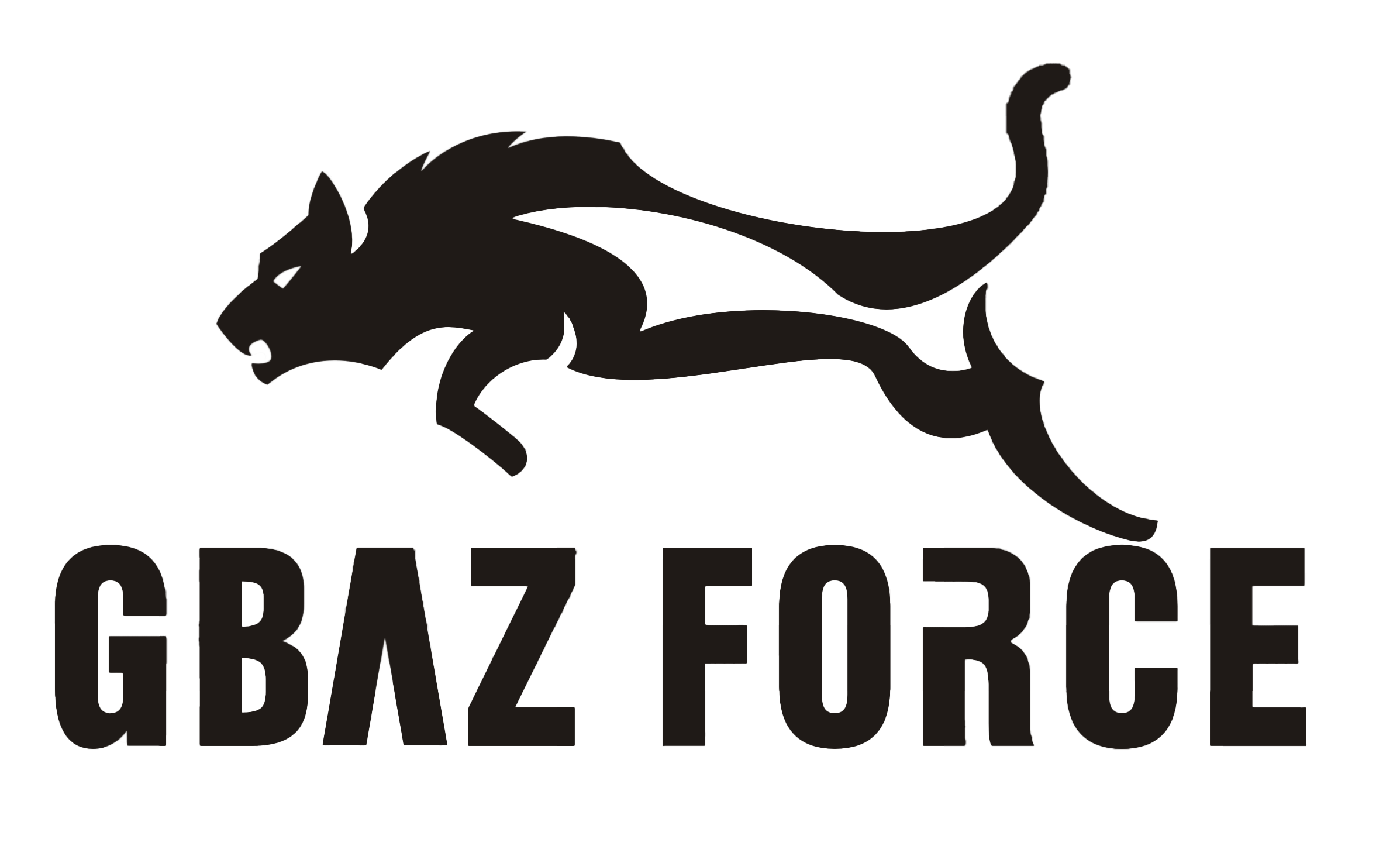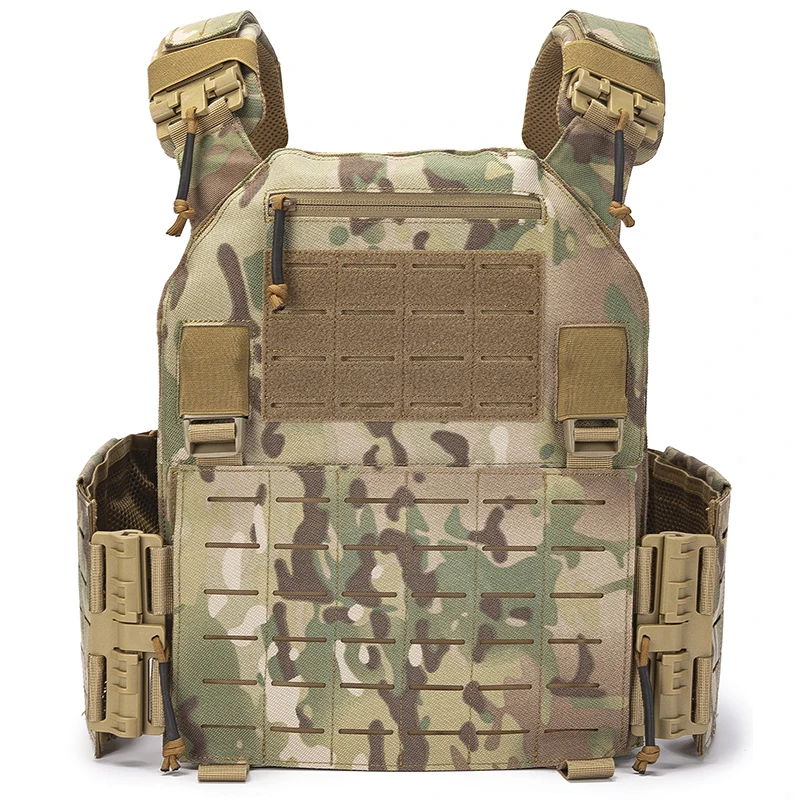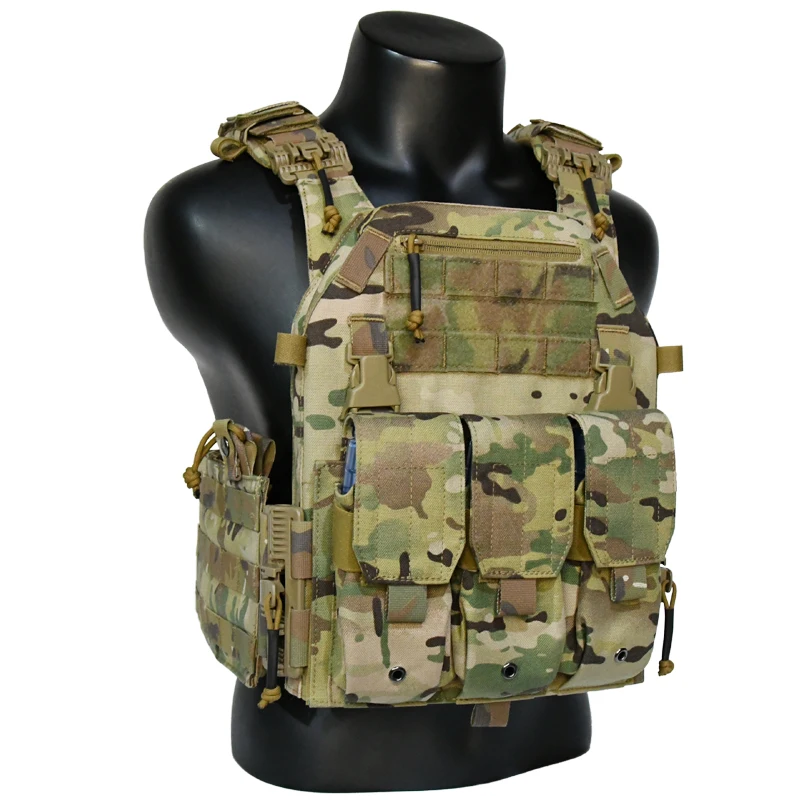Tactical Gear
PRODUCTS
Tactical Vest Selection Guide for Beginners and Experts
Understanding Your Needs: Purpose and Environment
Before diving into features, consider the primary purpose of your vest. Are you an airsoft player needing lightweight protection? A law enforcement officer requiring ballistic protection? Or perhaps a hunter seeking organization and carrying capacity? Your answer dramatically shapes the type of vest you need. A vest designed for close-quarters combat will differ significantly from one intended for long-range surveillance or hunting expeditions.
Furthermore, consider the environment in which you'll be using the vest. Will you be operating in hot and humid conditions, requiring breathability? Or in cold weather, where insulation might be a priority? The climate will directly influence material choices and design considerations. Think about terrain too – will the vest need to be adaptable to varied environments and activities?
Material and Protection Level
The material of your tactical vest is paramount. Common materials include Cordura nylon, known for its durability and abrasion resistance. However, the level of protection offered varies significantly. Some vests are designed purely for carrying gear, offering no ballistic protection. Others offer varying levels of ballistic protection, ranging from soft armor inserts to hard plates, each rated for different threat levels. This needs careful consideration, matched to the specific risks you face.
Consider weight and comfort too. Heavier materials offer greater protection but can become cumbersome over extended periods. The breathability of the material is also critical, especially during intense activities. Look for vests with ventilation features or made from breathable materials to prevent overheating and discomfort.
Sizing and Adjustability
A properly fitted vest is essential for comfort and functionality. A vest that's too tight restricts movement and can cause discomfort, while a vest that's too loose will hinder mobility and the secure carrying of equipment. Check the manufacturer's sizing chart carefully and consider trying on different sizes if possible before making a purchase. Look for adjustable features like cummerbunds and shoulder straps to ensure a personalized fit.
Many vests come in different sizes and configurations, allowing for customization based on your torso length and build. This adaptability is crucial for finding the ideal fit, maximizing comfort, and ensuring the efficient use of your equipment. Don't compromise on fit – it's a key determinant of your overall experience.
Features and Functionality
Tactical vests offer a wide range of features, each serving a different purpose. Consider the number and type of pouches you require for carrying magazines, radios, medical supplies, or other essential equipment. Some vests feature modularity, allowing you to add or remove pouches as needed, while others have fixed pouches. Think about the type of closure systems – buckles, zippers, or Velcro – and their ease of use under pressure.
Additional features like hydration systems compatibility, reinforced stitching, and compatibility with various accessories should also factor into your decision. Research different designs to find a vest that aligns perfectly with your specific equipment and operational requirements. The more versatile and adaptable the vest, the better prepared you will be for various scenarios.
Budget and Brand Reputation
Tactical vests range in price from relatively inexpensive to extremely costly, depending on materials, features, and protection levels. Set a budget beforehand to avoid impulse purchases. Remember that price isn't always an indicator of quality; research different brands and read reviews to ensure you get value for your money. Reputable brands typically offer better quality control and warranties.
Thorough research is key to a wise purchase. Read reviews from other users, compare specifications, and consider factors like warranty and customer support before committing to a purchase. Investing in a high-quality tactical vest is a worthwhile investment in your safety and operational effectiveness.
SUBSCRIBE
INQUIRY










